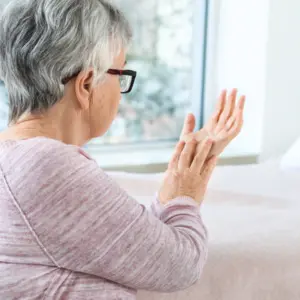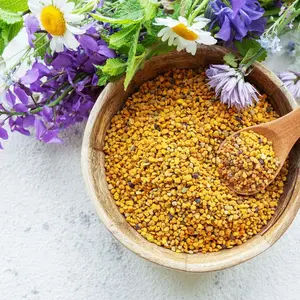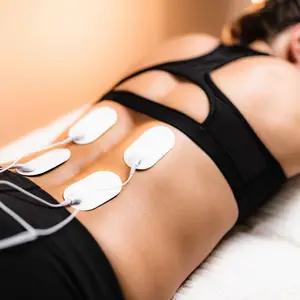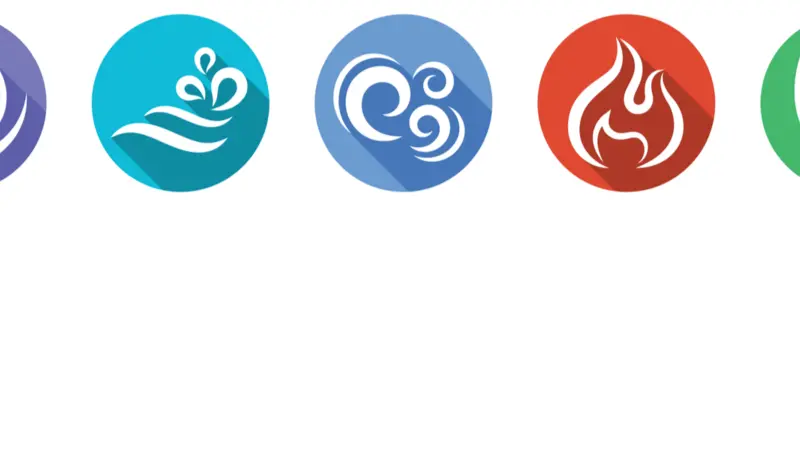

Integrative Health and Wellness

Integrative Health and Wellness
Ayurvedic Treatment for Addiction
Substance abuse and addiction are leading causes of death in the US. The Centers for Disease Control and Prevention estimates that 72,000 Americans died from drug overdose in 2017. If the number who die from smoking-related causes (480,000 a year) and alcohol-related conditions (88,000 annually) is added, the total number of deaths by addiction is frighteningly high.
Now recognized as a chronic disease, addiction causes the brain to lose the capacity to generate the pleasure hormones that are released by the addictive substance. As neuronal activity patterns are changed, the addict will attempt to restore a sense of normalcy by repeatedly ingesting the substance.
Ayurveda, a wholistic healthcare system, theorizes that all humans experience kama, a desire for pleasure, coupled with an avoidance of pain. If this survival instinct is pursued to the extreme, addiction can follow.
A theory of five sheaths—the body, breath, mind, intelligence, and consciousness—is part of the Ayurvedic approach to addiction. Addiction causes the body, breath, and mind sheaths to disconnect from the intelligence and consciousness sheaths. This disconnect causes irrational thoughts, heightened fear and anxiety, or hyperarousal.
The Ayurvedic approach to sobriety, guided by a practitioner, supports daily self-care regimens that, over time, restore connections, bring stability to the mind, and return the body to a well-regulated state. The goal is for clients to re-inhabit their body. Adequate sleep, a good diet, and a safe environment are important. Herbs will support detoxification while sedating the nervous system. Breathing exercises will help regulate the mind and the body. Meditation and yoga are used to calm the mind. One-on-one therapy supplemented by group therapy by trained counsellors is advised.
REFERENCES
Ferrol, J. (2018, November 16). How applying Ayurvedic therapeutic practices in working with addition. National Ayurvedic Medical Association. https://www.ayurvedanama.org/articles/2018/11/16/how-applying-ayurvedic-therapeutic-practices-in-wo…


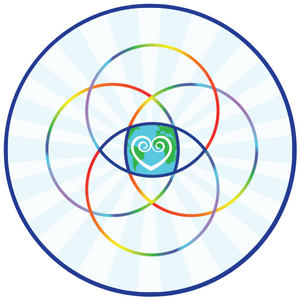 By
By
